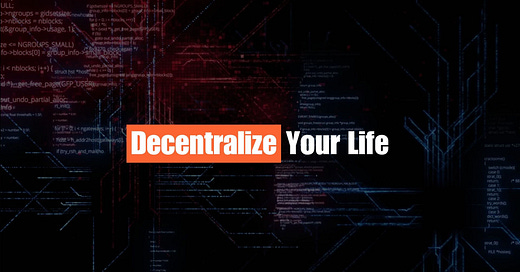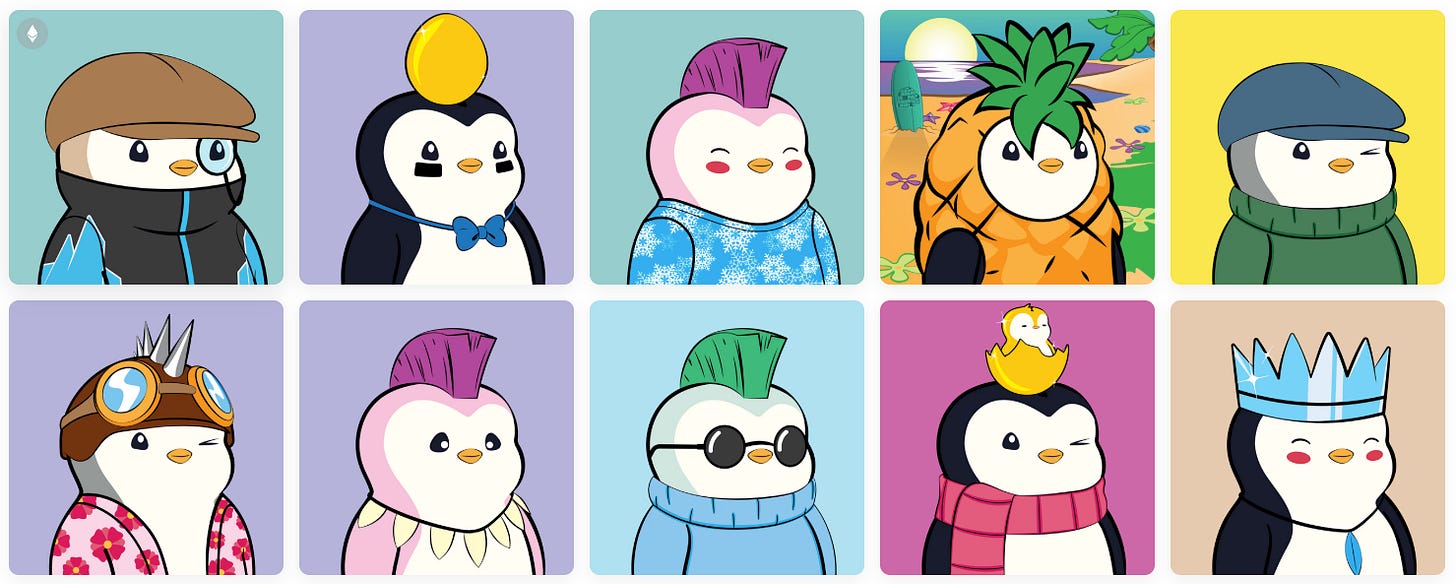How did a cartoon penguin become the face of digital culture? 🐧
The story of Pudgy Penguins is one of community, resilience, and viral marketing in the NFT space.
Here’s how a simple NFT collection turned into a cultural phenomenon. 🧵👇
Back in 2021, the NFT market was exploding.
Projects like Bored Ape Yacht Club and CryptoPunks were dominating headlines.
Amidst the frenzy, a quirky collection of 8,888 chubby penguins launched—cute, but unremarkable. Or so people thought.
Pudgy Penguins initially gained traction with a loyal following of NFT enthusiasts.
But then, disaster struck. The project’s founding team faced accusations of mismanagement and community betrayal.
Confidence plummeted. The market deemed Pudgy Penguins… a flop.
At this point, most NFT projects would have faded into irrelevance. But Pudgy Penguins had something most didn’t: a dedicated community.
Fans rallied to save the project, believing in its potential beyond the hype.
Enter Luca Netz.
In April 2022, entrepreneur Luca Netz and his team acquired Pudgy Penguins for 750 ETH (around $2.5M at the time).
His vision
Turn a failing NFT project into a global brand.
What he did next was nothing short of revolutionary.
Netz didn’t just focus on NFTs. He understood something deeper: Pudgy Penguins weren’t just assets.
They were characters—and characters have stories. They evoke emotion, inspire loyalty, and transcend markets.
So he leaned into community-driven marketing.
First, he empowered the community.
Pudgy Penguins holders were no longer just investors; they became ambassadors. Through user-generated content, memes, and storytelling, they created a movement.
It wasn’t just a collection anymore—it was a culture.
Next, he expanded beyond Web3.
While most NFT projects stayed in their niche, Pudgy Penguins embraced the mainstream. They launched physical merch, licensing deals, and even toys.
Suddenly, these digital penguins were everywhere.
The result
In a bear market where many NFT projects failed, Pudgy Penguins thrived:
• Record-breaking $9M in secondary sales in 2023
• Partnerships with major brands
• Consistent media attention
And it wasn’t just about profits—it was about relevance.
What made Pudgy Penguins stand out in an oversaturated market?
Three key factors:
1️⃣ Community-first strategy
2️⃣ Expanding beyond the NFT bubble
3️⃣ Treating characters like IP, not just JPEGs
These principles disrupted how NFTs were viewed.
The irony
In a space obsessed with “utility,” Pudgy Penguins succeeded by focusing on emotion.
While others chased complex tech or financial gimmicks, they asked:
“How can we make people feel something?”
That’s why it resonated.
Pudgy Penguins became more than an NFT—it became a symbol of digital culture. They showed that Web3 projects could bridge the gap between crypto enthusiasts and everyday consumers.
And they did it all without abandoning their roots in decentralization.
Of course, there was resistance.
Critics argued:
• NFTs were a passing trend.
• Pudgy Penguins were “just cartoons.”
• The hype couldn’t last.
But Netz’s team kept proving them wrong, step by step.
Today, Pudgy Penguins are no longer just NFTs—they’re a movement. They’ve inspired thousands of creators and builders in the Web3 space to think bigger:
“What if our digital assets could have a life beyond the blockchain?”
The success of Pudgy Penguins holds lessons for every innovator:
• Build for your community, not just your investors.
• Don’t chase trends—create culture.
• Think beyond technology.
Because at the end of the day, it’s not just about what you sell. It’s about what you stand for.
So here’s the question:
Will Pudgy Penguins pave the way for a new era of NFTs? Or is this just one lucky project in a volatile market?
Either way, they’ve already left a mark—and the penguins are here to stay. 🐧
What do you think? Let’s discuss! 👇
Thanks for reading! Love what you read? Subscribe and never miss an update!









This was a great read. The focus on community over hype really stands out. The idea of turning NFTs into cultural IP instead of just digital assets is genius and feels like a shift the space needed. I’m curious to see how far this approach can go.